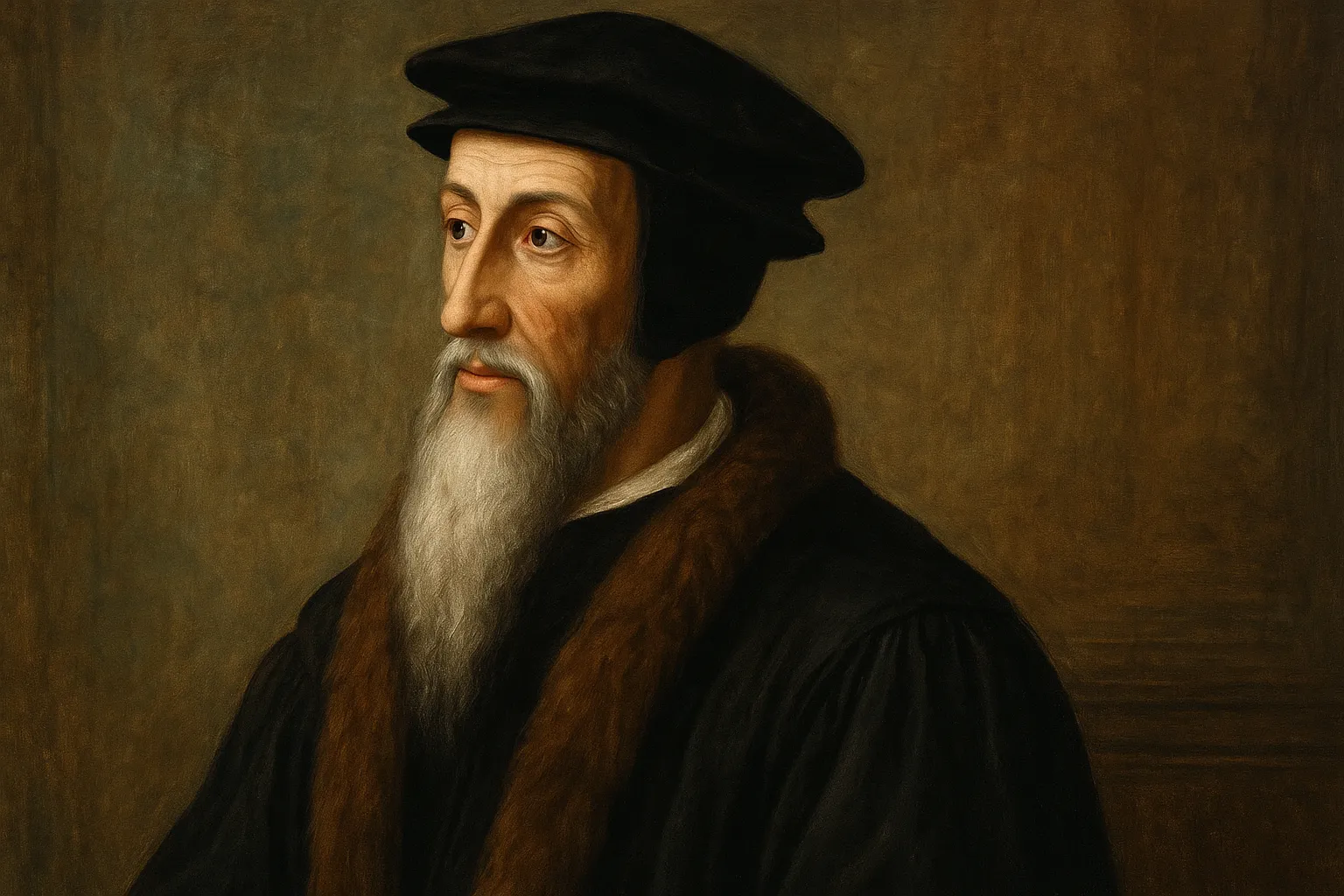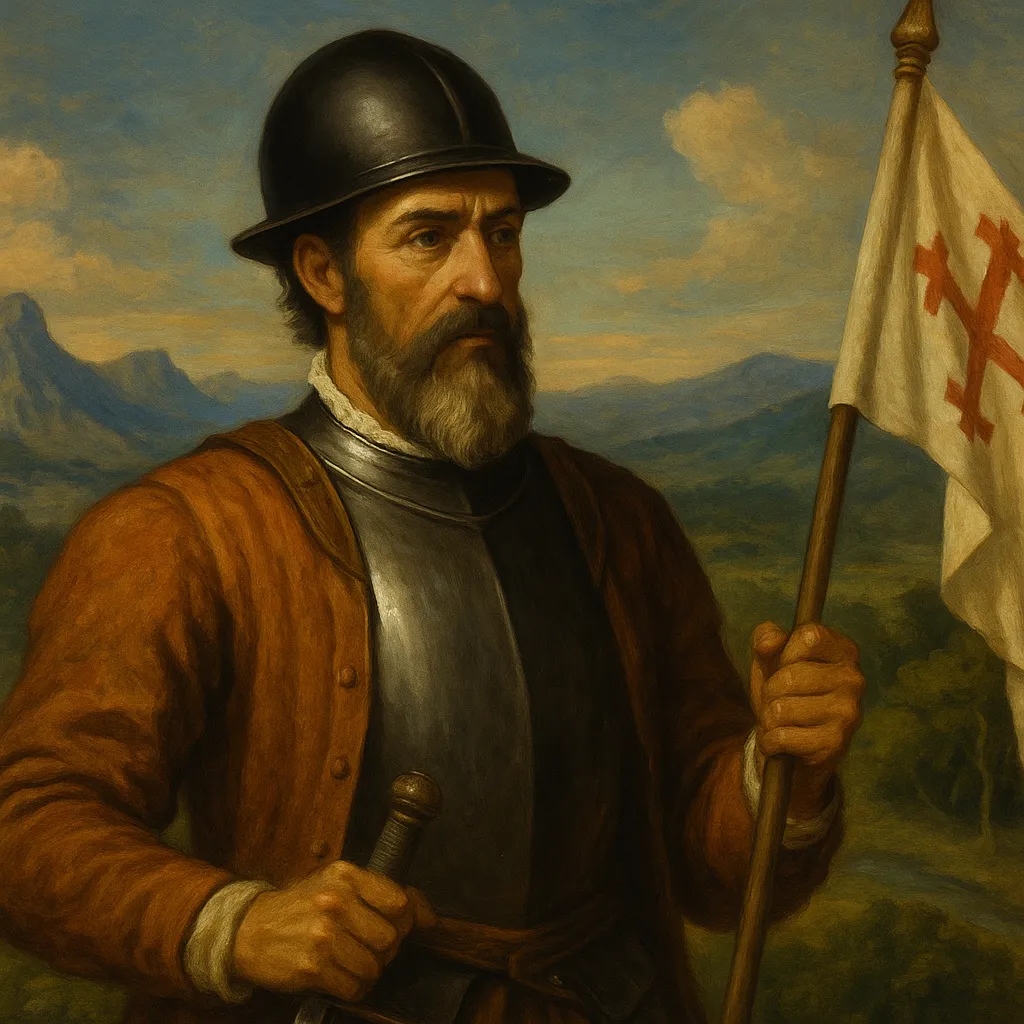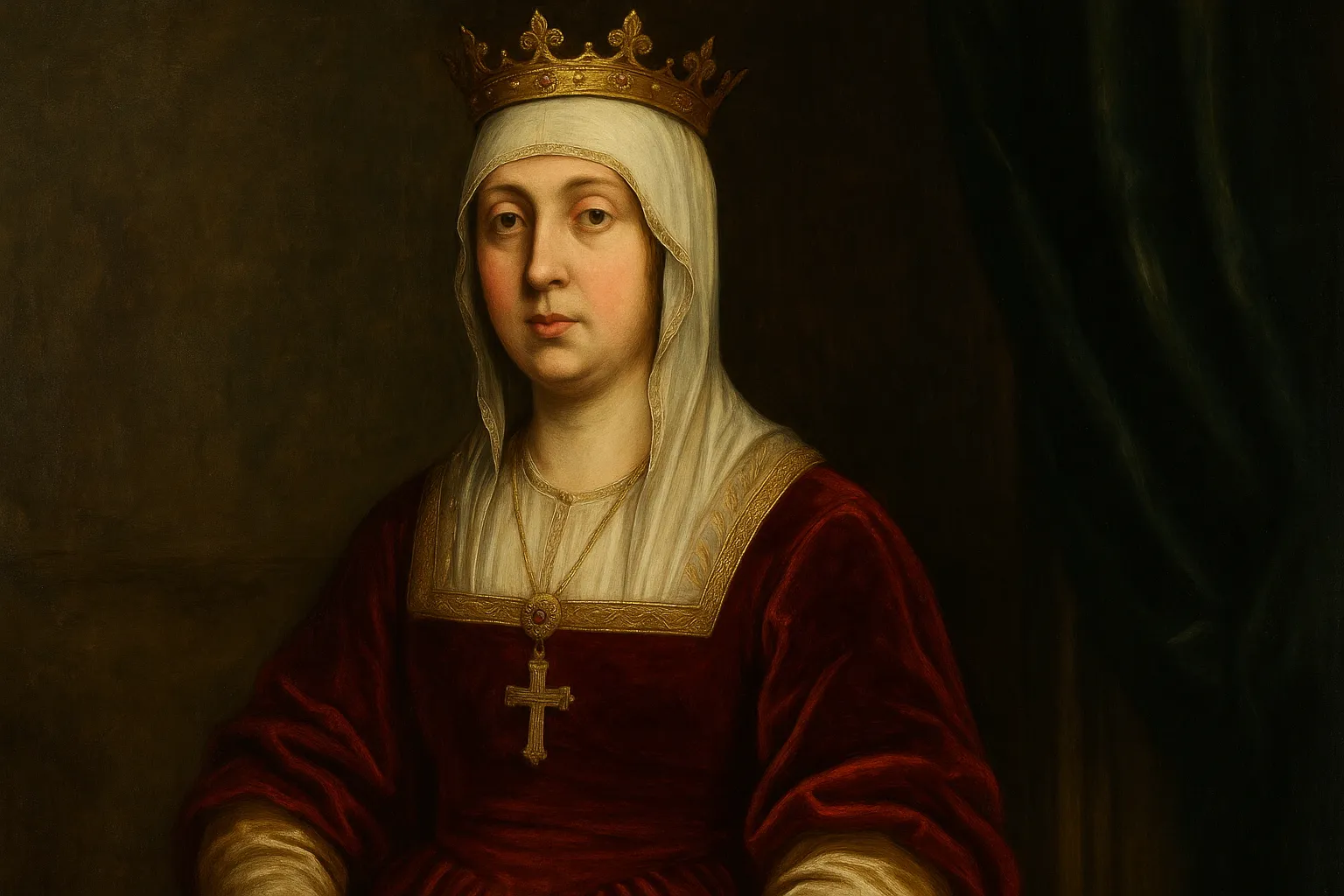Biography of Isaac Newton: The alchemist who deciphered the universe

Few names inspire as much reverence in the history of science as Isaac Newton. Physicist, mathematician, astronomer, theologian, and even alchemist—his genius forever redefined our understanding of the universe. Beyond the famous apple anecdote that supposedly led him to formulate the law of gravity, Newton was a profoundly complex, obsessive, reserved, and often controversial thinker, whose ideas still form the foundation of modern science.
This is the story of a man who not only uncovered the laws that govern celestial bodies but also immersed himself in the mysteries of the Bible, alchemy, and the human soul, making him one of the most fascinating intellectuals of all time.
A birth marked by destiny
Isaac Newton was born prematurely on December 25, 1642 (according to the Julian calendar then used in England) in Woolsthorpe, a small village in Lincolnshire. His mother described him as so small he could fit inside a mug. His father had died three months before, and his mother remarried when Isaac was three, leaving him in the care of his grandparents.
This early abandonment deeply shaped his personality. Newton grew up lonely, distrustful, and with a constant need to prove his intellectual worth.
From mediocre student to brilliant genius
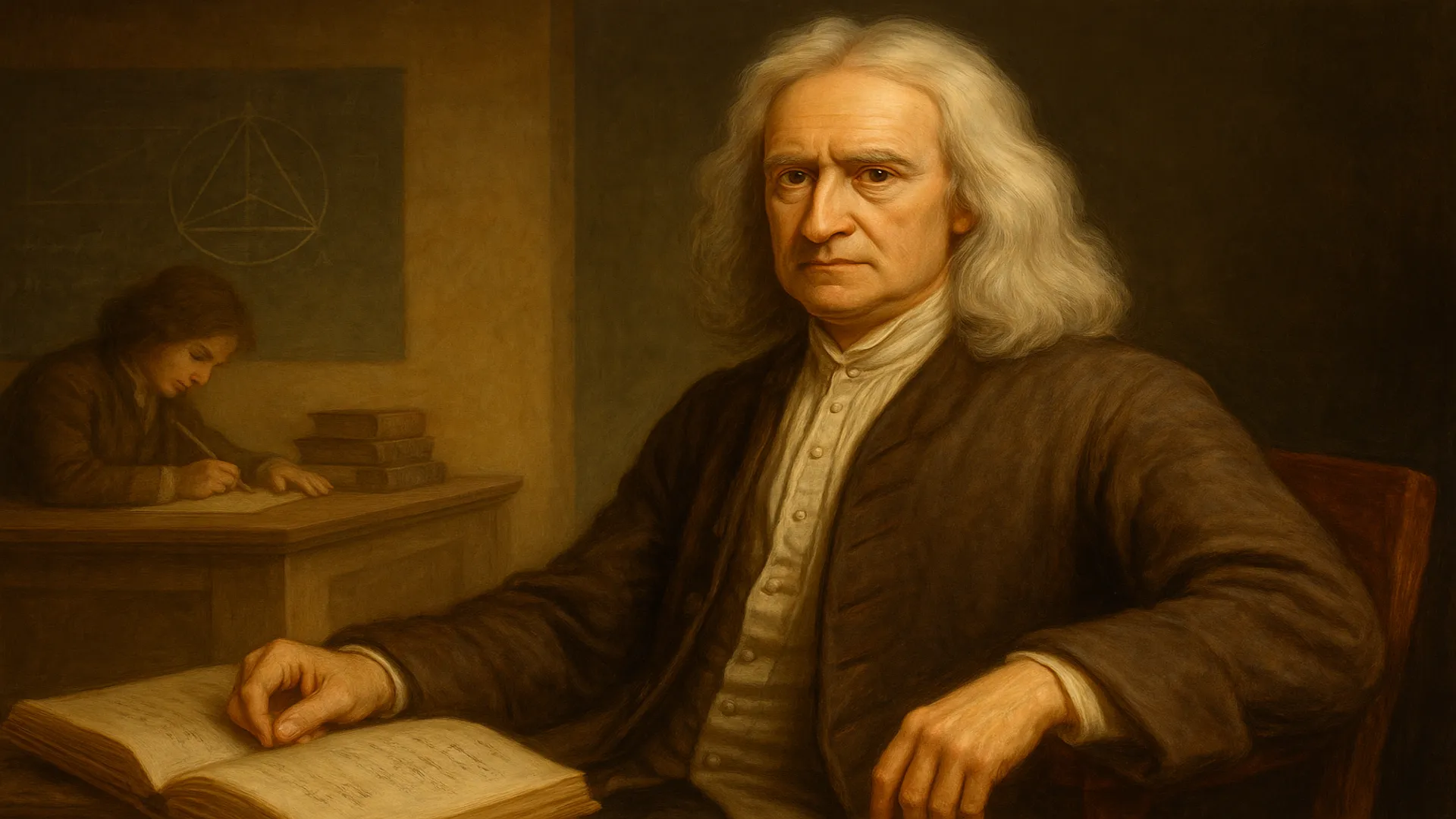
Newton was sent to King’s School in Grantham, where he initially showed little academic promise. However, after a few schoolyard conflicts and exposure to a local apothecary, he became obsessed with reading, mechanics, and mathematics.
In 1661, he enrolled at Trinity College, University of Cambridge, where he studied classical literature but also explored revolutionary works by Descartes, Kepler, and Galileo—authors not fully embraced by the official academic system at the time.
At Cambridge, Newton didn’t merely absorb knowledge—he transformed it, laying the foundation for a completely new way of understanding nature.
The miraculous year: 1665–1666
When the Great Plague forced Cambridge to shut down, Newton returned home to Woolsthorpe. What seemed like an academic break turned into one of the most fertile intellectual periods of his life.
In just 18 months, Newton developed:
-
Differential and integral calculus (though Leibniz published first),
-
The foundations of modern optics,
-
And most famously: the laws of motion and the law of universal gravitation.
Historians call this period Newton’s annus mirabilis—his miracle year. It was a creative explosion rarely matched in human history.
The mathematical mind
Newton’s mathematical work was monumental. He developed what he called the “method of fluxions,” which we now know as calculus. Although his development was independent of Leibniz’s, the dispute over who invented it first led to a bitter feud that divided Europe’s scientific community for decades.
Regardless of authorship, Newton’s contributions to mathematical analysis, infinite series, and the language of change and motion became essential tools for virtually every science that followed.
a new way to see light
Newton didn’t stop at math. He also revolutionized optics. Through experiments with prisms, he demonstrated that white light is composed of the entire spectrum of colors, debunking the long-held belief that light was pure and colors were distortions.
He also built the first working reflecting telescope—the Newtonian telescope—which solved chromatic aberration problems common in refracting telescopes.
His book “Opticks” (1704) became one of the most influential works in the history of light physics.
The book that changed science forever (The Principia)
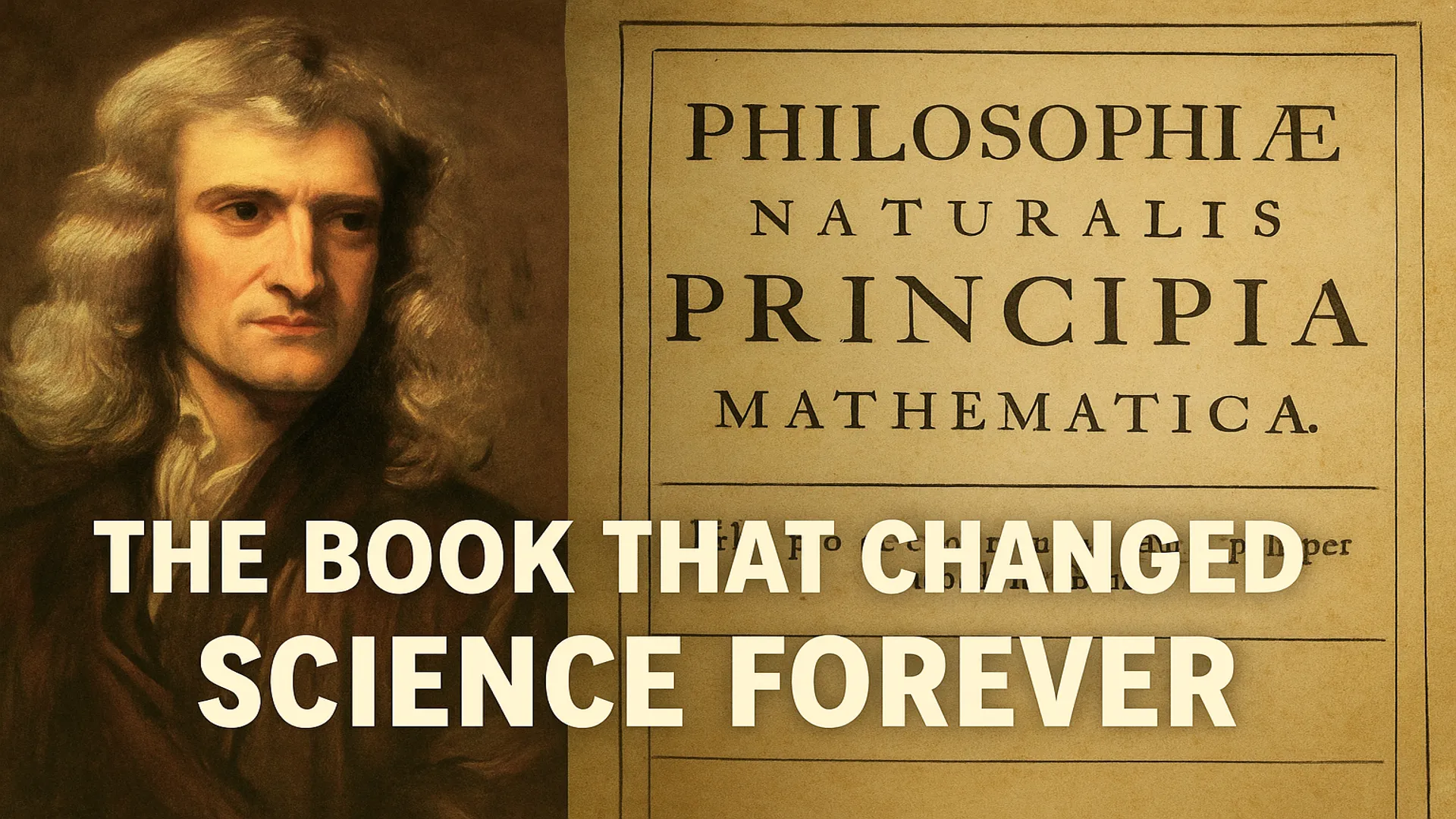
In 1687, Newton published his masterpiece: “Philosophiæ Naturalis Principia Mathematica”, or simply the Principia. In this work, he formulated the three laws of motion and the law of universal gravitation, laying the foundation of classical mechanics.
In Newton’s own words, he was not just describing the world—he was explaining why and how things move. His theory unified the heavens and Earth: the same force that made an apple fall explained the motion of planets.
The Principia was a monumental synthesis of mathematics and philosophy, transforming physics into an exact science.
A reserved, obsessive, and complex personality
Newton was not a warm or accessible sage. He was paranoid, secretive, and hesitant to publish his ideas for fear of criticism. He could not tolerate dissent and clashed with several colleagues.
He feuded with scientists like Robert Hooke, whom he deeply disliked, and Leibniz, whom he accused of plagiarism.
Newton also suffered personal crises, often isolating himself and displaying behavior that today might be identified as symptoms of depression or obsessive-compulsive tendencies.
The hidden Newton: alchemy, theology, and mysticism
What many people don’t know is that Newton devoted much of his time not to physics or math, but to theology and alchemy. He studied thousands of ancient texts, interpreted biblical prophecies, and wrote more about religion than he did about science.
Newton believed the Bible contained coded messages that reason could unlock. He also practiced alchemy, searching for the philosopher’s stone and the hidden secrets of matter.
While these pursuits are now considered esoteric, they were an essential part of Newton’s worldview: to him, science and spirituality were not separate paths but complementary ones in the quest for truth.
A public life late in the game

Despite his reclusive nature, Newton also held prominent public positions. He was elected a Member of Parliament, appointed Warden and later Master of the Royal Mint, where he pursued counterfeiters with near-military rigor.
In 1703, he became President of the Royal Society, a post he held until his death, and in 1705, he was knighted by Queen Anne, becoming Sir Isaac Newton.
These honors cemented his status not just as a scientist but as a national figure of authority and respect.
Death and eternal legacy
Isaac Newton died on March 20, 1727, at the age of 84, and was buried with honors in Westminster Abbey, a privilege reserved for England’s greatest.
His epitaph reads: “Here lies Isaac Newton, who, with a mind almost divine, explored the laws of heaven and the abyss.”
But beyond commemorations, Newton’s true legacy lies in how he transformed humanity’s relationship with nature. Before him, the world was mysterious machinery; after him, it was a logical system governed by mathematical laws.
Is Newton still relevant today?
Newtonian physics was the bedrock of science for more than two centuries. Although Einstein and quantum mechanics have shown its limitations—at near-light speeds and atomic scales—his theories remain accurate enough to launch satellites, build bridges, or predict eclipses.
More importantly, Newton’s scientific method—observe, formulate laws, express them mathematically—remains at the heart of modern science.
The man who opened the cosmos
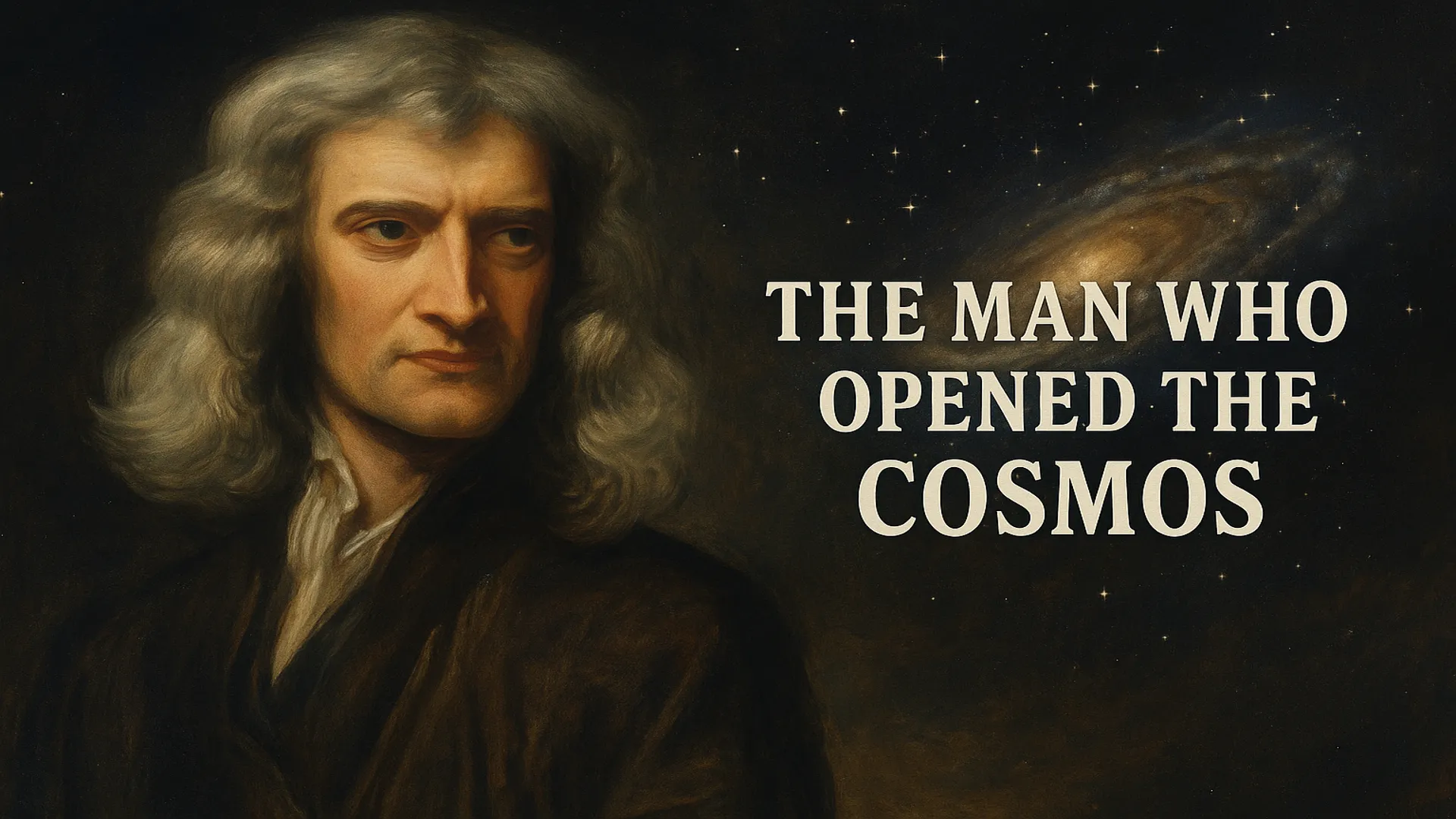
Isaac Newton was many things: scientist, theologian, mystic, public servant—and above all, a restless mind that never stopped working. He lived obsessed with knowledge, haunted by his own perfectionism, and convinced that the universe could be explained through reason.
If today we look at the sky and understand the motion of the planets, if we use science to shape the modern world, it is largely thanks to the frail child born in a rural English village—who would grow up to become the intellectual architect of the modern age.



